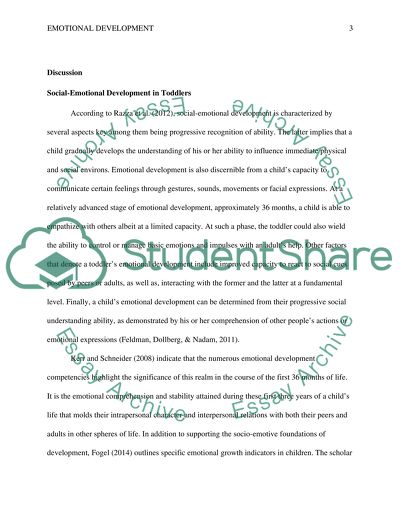Cite this document
(“Emotional Development: The development of Anger in 24-36 months old Essay”, n.d.)
Retrieved from https://studentshare.org/education/1657797-emotional-development-the-development-of-anger-in-24-36-months-old
Retrieved from https://studentshare.org/education/1657797-emotional-development-the-development-of-anger-in-24-36-months-old
(Emotional Development: The Development of Anger in 24-36 Months Old Essay)
https://studentshare.org/education/1657797-emotional-development-the-development-of-anger-in-24-36-months-old.
https://studentshare.org/education/1657797-emotional-development-the-development-of-anger-in-24-36-months-old.
“Emotional Development: The Development of Anger in 24-36 Months Old Essay”, n.d. https://studentshare.org/education/1657797-emotional-development-the-development-of-anger-in-24-36-months-old.


